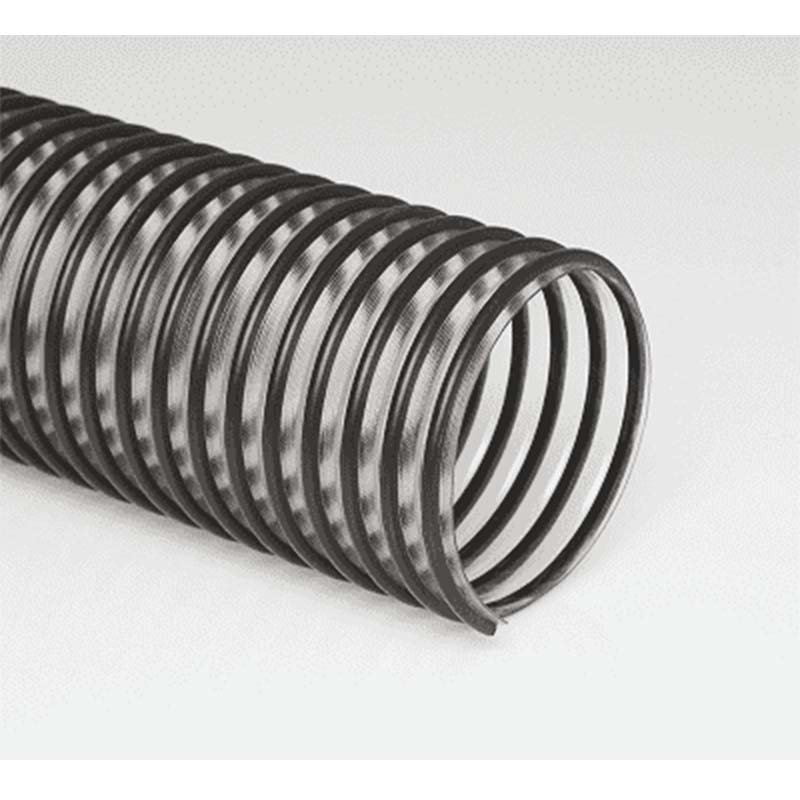Understanding Various Types of Hoses Utilized in Firefighting and Emergency Response Operations
Types of Hose in Fire Service A Comprehensive Overview
In the realm of fire service, hoses play a critical role in delivering water and other extinguishing agents to combat fires effectively. Understanding the different types of hoses used in firefighting operations is essential for fire departments to ensure safety and efficiency. This article explores the primary types of hoses utilized in fire service, their specific purposes, and key characteristics.
1. Attack Hoses
Attack hoses are perhaps the most well-known type of fire hose. These hoses are specifically designed to deliver water from the fire engine to the fire scene, allowing firefighters to extinguish flames directly. They are typically lightweight and flexible, enabling quick deployment and maneuverability in challenging environments. Attack hoses generally come in two diameters 1.5 inches and 2.5 inches, with the former being more common for residential fires and the latter used for larger fires or in situations requiring a higher flow rate.
These hoses are made from durable materials, often reinforced with synthetic fibers to withstand high pressures and harsh conditions. Firefighters prioritize attack hoses for their strength and ability to maintain performance under extreme temperatures, making them indispensable on the front lines.
2. Supply Hoses
Supply hoses, also known as feeder hoses, are used to deliver water from a static source, such as a fire hydrant, to the fire engine or booster tank. These hoses are typically larger in diameter, ranging from 3 inches to 6 inches, allowing for a significant volume of water to be transported quickly. Unlike attack hoses, supply hoses are thicker and heavier, designed to handle high pressures during water transfer.
Fire departments rely on supply hoses to maintain a steady flow of water during firefighting operations, especially in situations where an adequate water supply is crucial for successful fire suppression. These hoses are often color-coded for easy identification and may feature technical innovations such as special couplings or pressure gauges.
types of hose in fire service

Booster hoses are shorter, smaller-diameter hoses that are primarily used for light-duty firefighting scenarios, such as vehicle fires or small grass fires. Typically measuring between 1 inch and 1.5 inches in diameter, booster hoses are designed for high-pressure situations, allowing firefighters to quickly deploy and tackle less severe incidents.
One of the unique characteristics of booster hoses is their lack of couplings, which makes them less prone to leaks and increases their durability. They are lightweight and can be easily stored on fire engines, enabling rapid response during emergencies.
4. Forestry Hoses
Forestry hoses are specially designed for fighting wildfires and dealing with brush or forest-related fires. They are lightweight, making them easier to carry over rough terrain. Typically used with portable pumps, forestry hoses are characterized by their smaller diameter (usually 1 inch or less) and their ability to operate at lower pressure.
These hoses are often made from materials that can withstand abrasion and moisture, ensuring reliability in forested environments. Their flexibility allows for easy maneuvering around obstacles, making them vital for effective firefighting in natural settings.
Conclusion
In conclusion, the fire service relies on various types of hoses, each tailored for specific tasks and environments. From attack and supply hoses to booster and forestry hoses, each plays a role in ensuring that firefighters can respond efficiently and effectively to emergencies. Understanding the characteristics and uses of these hoses not only enhances operational efficiency but also ensures that firefighters can protect lives and property in diverse firefighting situations. As technology and materials advance, the evolution of fire hoses will continue to improve safety and effectiveness in firefighting efforts, ultimately serving to protect communities.
-
Unrivaled Performance and Applications of PU Pneumatic Hoses and TubesNewsJun.11,2025
-
The Transparent World of Industrial Tubing and Hosing SolutionsNewsJun.11,2025
-
The Intricate World of Pneumatic Conduits: Tubes and HosesNewsJun.11,2025
-
The Dynamic Landscape of Pneumatic Conduits: Unraveling Key ComponentsNewsJun.11,2025
-
The Diverse Applications and Significance of Transparent PVC TubingNewsJun.11,2025
-
High - Pressure Pneumatic Tubing and Systems: An In - Depth LookNewsJun.11,2025














